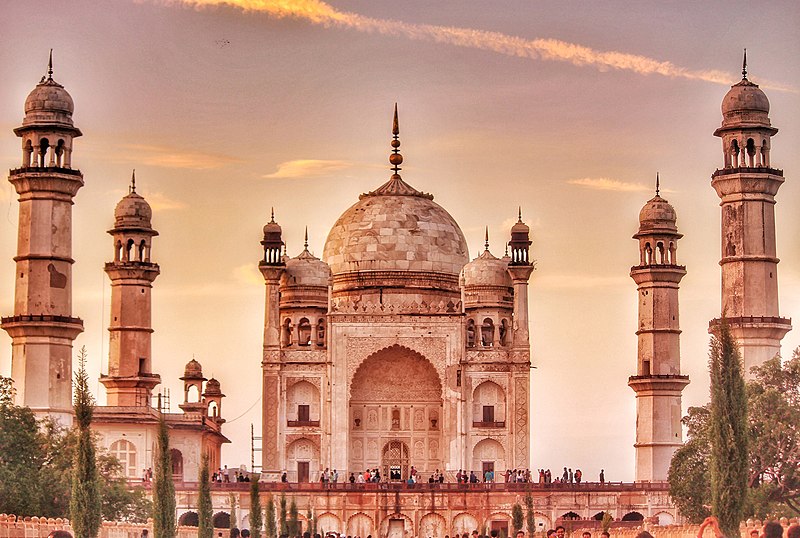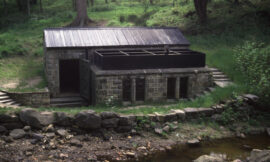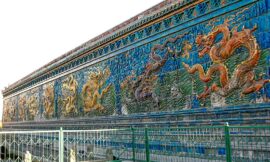Bibi Ka Maqbara, located in Aurangabad, Maharashtra, India, is an exquisite mausoleum that bears a striking resemblance to the iconic Taj Mahal. Also known as the “Taj of the Deccan,” this magnificent monument was commissioned by Emperor Aurangzeb in the late 17th century as a loving tribute to his wife, Dilras Banu Begum, who was also known as Rabia-ud-Daurani. The mausoleum stands as a testament to the enduring love of Aurangzeb for his wife and represents the pinnacle of Mughal architecture in the Deccan region.
Constructed between 1651 and 1661 CE, Bibi Ka Maqbara was designed by the Persian architect Ustad Ataullah, who drew inspiration from the grandeur and elegance of the Taj Mahal in Agra. The mausoleum is built entirely of white marble, with intricate carvings, delicate inlays, and ornate domes, creating a sense of beauty and serenity that rivals its famous counterpart.
The centerpiece of Bibi Ka Maqbara is the central mausoleum, which houses the tomb of Dilras Banu Begum. The mausoleum is set on a raised platform and surrounded by four minarets, each adorned with intricately carved floral motifs and geometric patterns. The central dome of the mausoleum is crowned with a lotus finial, symbolizing purity and enlightenment, while the interior is decorated with exquisite stucco work and marble screens.
The mausoleum is flanked by a spacious garden laid out in the traditional Charbagh style, with four quadrants divided by pathways and water channels. The garden is adorned with lush greenery, flowering plants, and fragrant trees, creating a serene and tranquil atmosphere that invites visitors to wander and reflect.
Surrounding the central mausoleum are several other structures, including a mosque, a guesthouse, and a pavilion, each adding to the grandeur and elegance of the complex. The mosque features a prayer hall with intricately carved mihrabs (prayer niches) and a minaret, while the guesthouse provides accommodation for pilgrims and visitors to the mausoleum.
Despite its similarities to the Taj Mahal, Bibi Ka Maqbara has its own unique architectural style and aesthetic, with elements of Persian, Indian, and Mughal design. The mausoleum is smaller in scale than the Taj Mahal and lacks the elaborate gardens and water features of its famous counterpart, but it exudes a sense of grace and beauty that is all its own.
Over the centuries, Bibi Ka Maqbara has undergone several renovations and restorations to preserve its architectural integrity and historical significance. Today, the mausoleum is a popular tourist attraction in Aurangabad, attracting visitors from around the world who come to marvel at its beauty, learn about its rich history, and pay homage to the memory of Dilras Banu Begum.
In conclusion, Bibi Ka Maqbara is a masterpiece of Mughal architecture and a symbol of enduring love and devotion. With its graceful domes, intricate carvings, and serene gardens, the mausoleum stands as a timeless tribute to the memory of Dilras Banu Begum and a testament to the artistic and cultural achievements of the Mughal Empire in the Deccan region.



